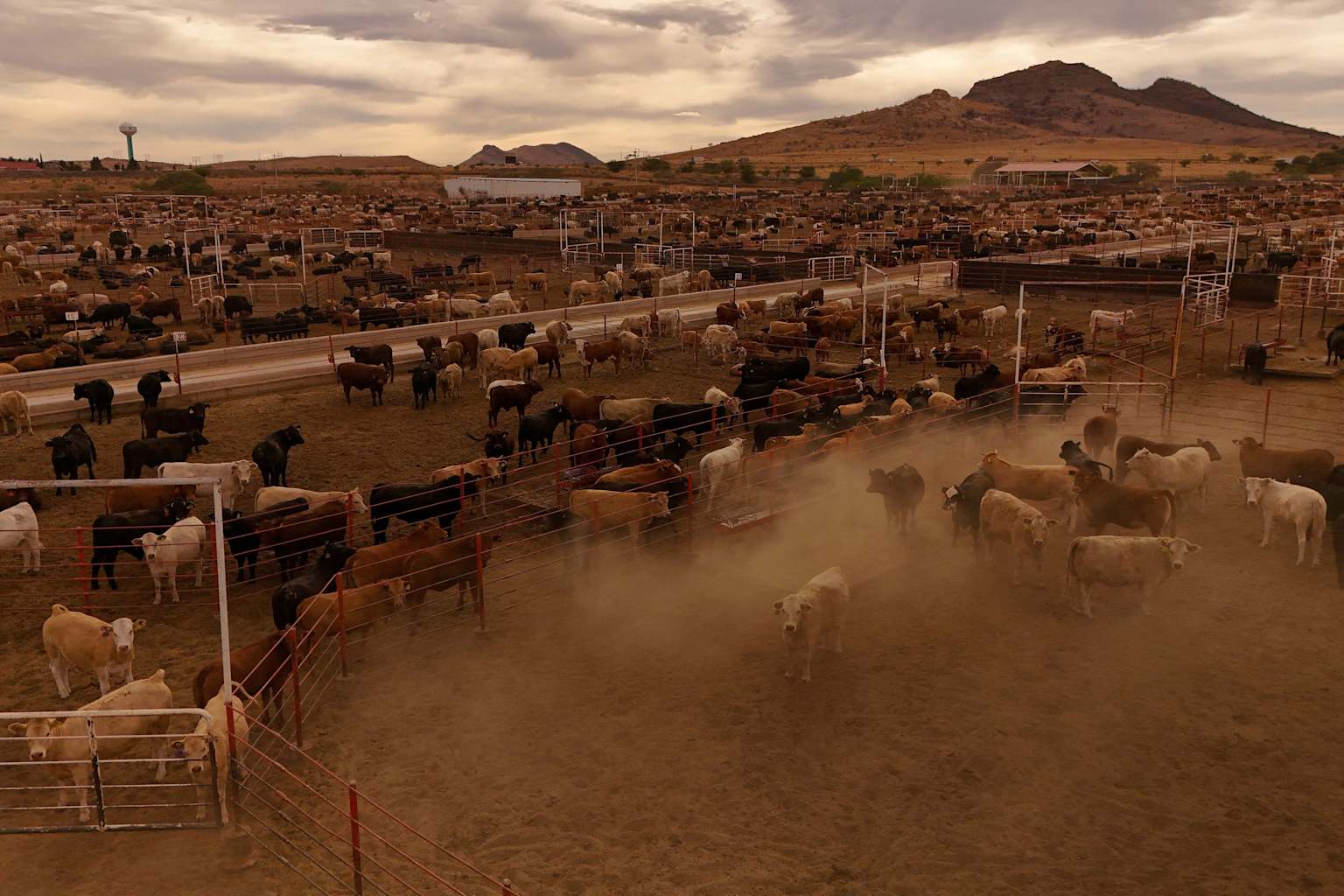- Economic Relief After Costly Standoff
- Diplomatic Tensions Over Pest Control
The U.S. Department of Agriculture announced Monday it will begin a phased reopening of southern border ports to Mexican livestock imports starting July 7, ending a nearly two-month ban imposed to contain the spread of New World screwworm, a deadly parasitic fly threatening American cattle herds.
Agriculture Secretary Brooke Rollins said the first port to reopen will be Douglas, Arizona, followed by Columbus, New Mexico on July 14, Santa Teresa, New Mexico on July 21, Del Rio, Texas on August 18, and Laredo, Texas on September 15. The staggered approach reflects what USDA calls a "risk-based" strategy following extensive collaboration between American and Mexican agricultural authorities to strengthen surveillance and eradication efforts.

The reopening provides relief to cattle producers on both sides of the border who have faced supply disruptions since USDA suspended live cattle, bison and equine imports on May 1112. Mexico typically exports over one million cattle annually to the U.S., representing about 5% of fed cattle coming to market3. Mexican cattle exports to the U.S. fell to just 24,000 head in March compared to 114,000 the previous year, according to USDA data4.
"Progress has been made in several critical areas since the ports were closed," Rollins said, citing the resolution of flight restrictions that now allows consistent sterile fly dispersal seven days weekly, with more than 100 million sterile flies released each week5. USDA teams conducted onsite assessments of Mexico's response efforts in early June before determining trade could safely resume6.
The May closure followed diplomatic tensions after Rollins threatened to restrict imports if Mexico did not eliminate barriers to U.S. eradication aircraft and waive customs duties on equipment1. Mexican Agriculture Secretary Julio Berdegué rejected the pressure, stating on social media that Mexico would "collaborate, cooperate, but we never subordinate ourselves"2.
The screwworm crisis began when the parasite was detected in southern Mexico in late 2024, prompting an initial import ban that lasted from November through February34. The pest, eradicated from the U.S. in 1966, causes severe flesh wounds in warm-blooded animals that can prove fatal56. Recent detections reached as far north as Oaxaca and Veracruz, approximately 700 miles from the U.S. border578.
USDA has invested $21 million to enhance sterile fly production at a facility in Metapa, Mexico, expected to produce an additional 60 to 100 million sterile flies weekly9. Officials said they have not observed notable increases in reported cases or northward movement over the past eight weeks10.



